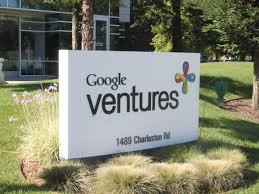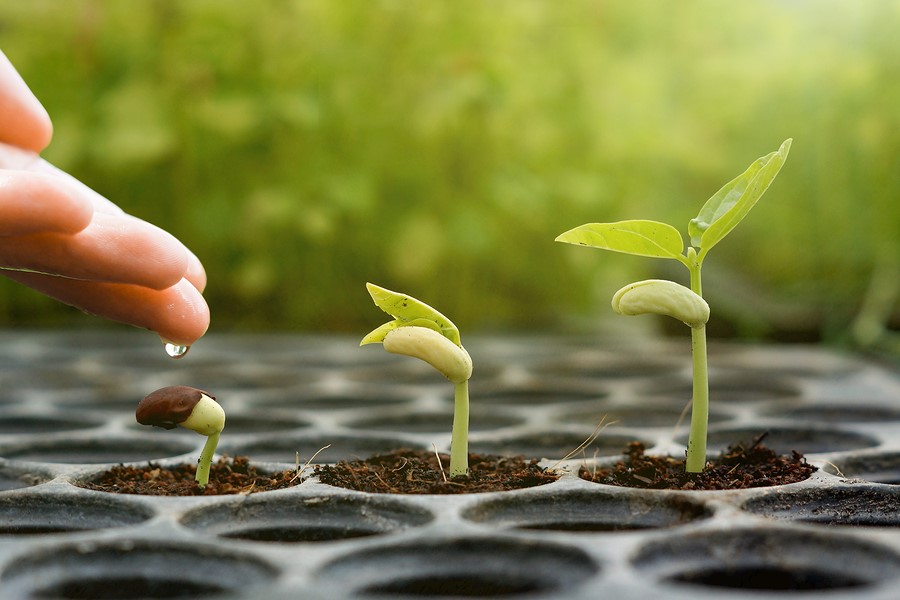Internet Connected Farm in a Shipping Container?

Can you imagine an internet connected farm in a shipping container?

If Farmville wasn’t enough to convince you that there is a lucrative intersection between internet-connected technology and farming, let Freight Farms do the talking. This AgTech Start-up builds climate controlled shipping containers for hydroponic growing projects. Farmers can monitor and control the internet-connected, hydroponic Freight Farm system remotely. Plus, Freight Farms sells everything the farmer needs to grow food – down to the seeds.
Although the climate controlled shipping containers work anywhere, Freight Farms products – which now include smaller kits as well – are most popular with urban farmers who need the space, as well as the equipment, to grow their crop(s) of choice. The connected, hydroponic system gives farmers total control over the nutritional makeup of the water. The smartphone app lets farmers monitor their crops remotely and sends the farmer a notification when its time to harvest.

Freight Farms takes advantage of all the latest developments in the agricultural technology (AgTech) ¬Internet of Things (IoT). Its sophisticated IoT program uses sensors, video surveillance, and farm management software to optimize the production efficiency of a very small growing space (each container is just 320 square feet).
According to the news outlet MediaPost, however, Freight Farm’s IoT technology is no longer the startups major selling point. In fact, Freight Farms’ clients have come to expect the internet-connected features of high-end hydroponic systems like Freight Farms [1]. This could indicate that farmers of, at least, a certain niche (urban farmers) are adopting the devices produced by the rapidly innovating AgTech industry.
This fact is not surprising, given interest in agriculture from tech companies and venture capitalists is high. Last year, for example, AgTech innovators raised $4.6 billion in funds for a wide range of projects, many involving internet connected technology [2]. High profile investors, including Google Ventures, the Bill & Melinda Gates Foundation, and Kleiner Perkins Caufield & Byers, see a profitable future in agricultural technology.

There’s another reason Freight Farms is more popular with urban farmers than rural ones. A single, 320 square foot shipping container costs $82,000 to $85,000 dollars (depending on the features). While the containers have features (like reverse osmosis filtration) that low-tech greenhouses don’t offer, experienced farmers with plenty of land will likely be able to build a much larger, custom greenhouse for less.
Farmers building their own Freight Farms-type operations can achieve a similar level of internet-connected sophistication by incorporating smart sensors, such as the following, into their structures:
For farmers who work with soil – soil sensors, like the Sentek EnviroScan probe, continuously transmit data about soil moisture and salinity. Farmers can use this information to determine the behavior of other water movement systems and to schedule irrigation. The Sentek EnviroScan system analyzes multiple depths of soil, up to 130 feet deep [3]. Other soil sensors measure soil chemistry, so that farmers can determine the ideal type and time for fertilizing the crops.

For hydroponics farmers – the manufacturer Sensaphone, among others, markets comprehensive detection systems that monitor for temperature, humidity, power failure, and water leaks. Their systems vary in scale from the Sensaphone 1800, for small greenhouses, to the Sensaphone Sentinel, for up to twelve greenhouses [4]. These systems are significantly less expensive than Freight Farms, but offer many of the same features.





